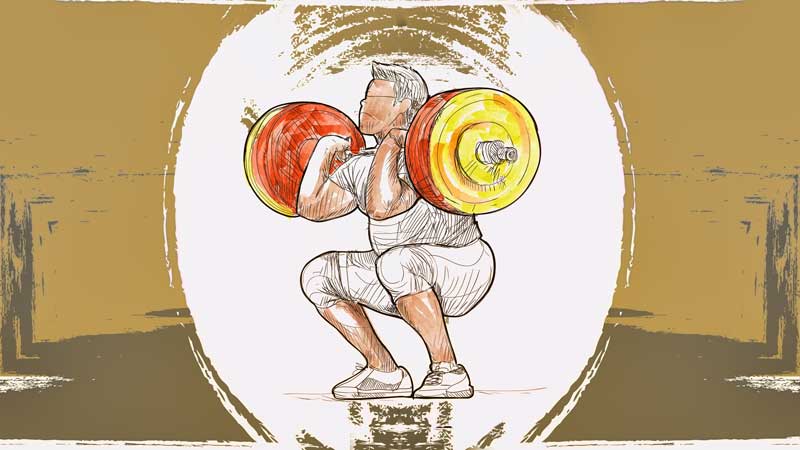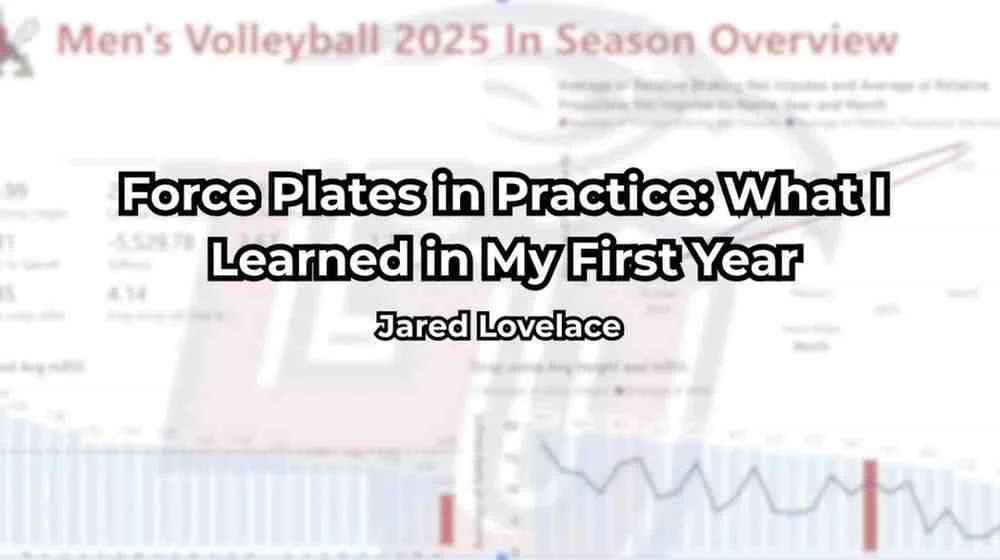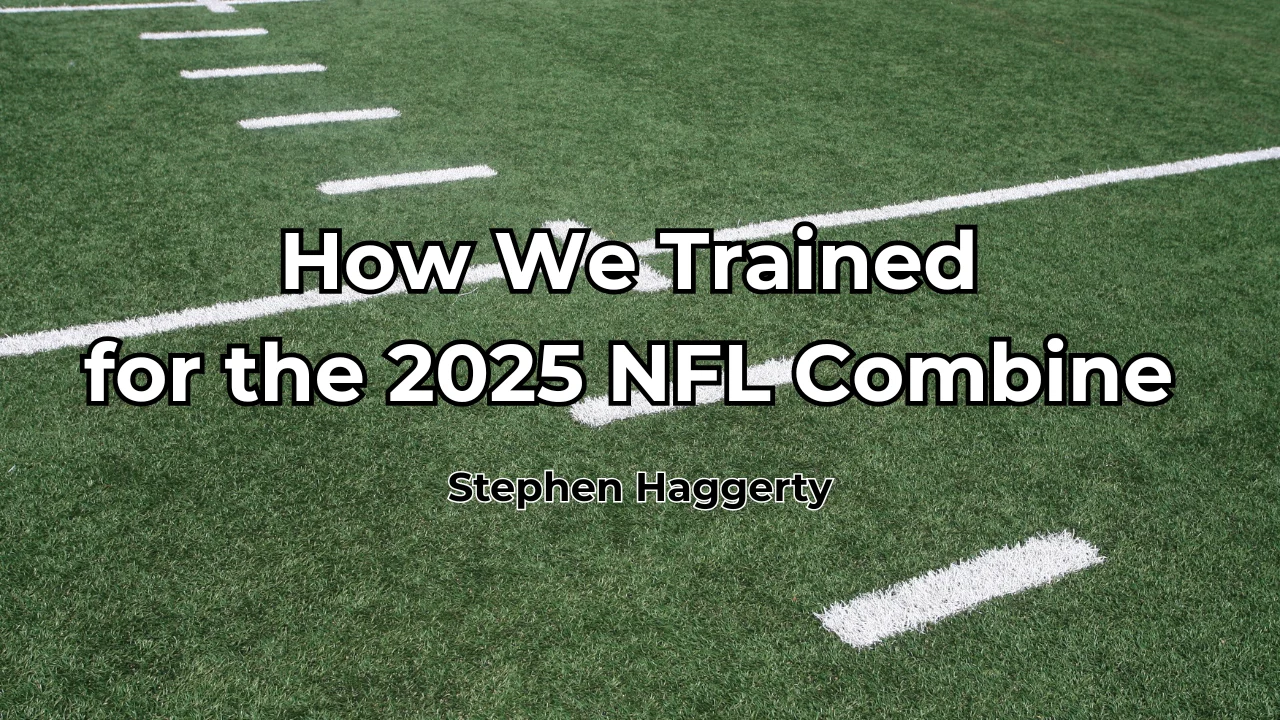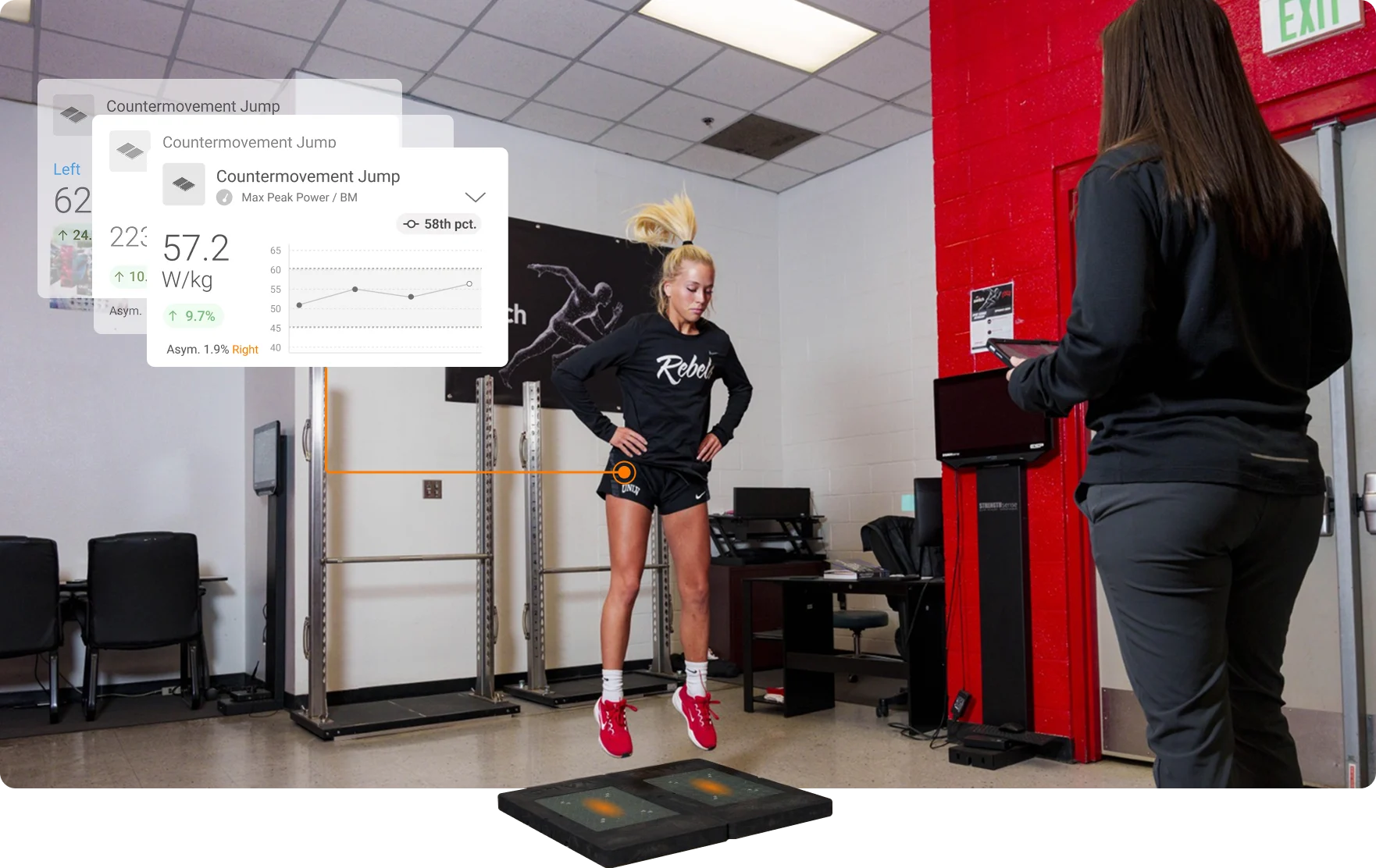[mashshare]

SimpliFaster: Olympic-style lifts are very specific to body types and technique, making them more than just a simple summary of peak or average output. Besides using feedback for motivation and accountability, what else can be done to use the data beyond estimating work?
Mike Tuchsherer: The two big things to me would be bar path tracking and then managing parameters for assistance work. And to be honest, although a device like the GymAware can track bar path and should be put in the “useful” category, I’m not sure it’s the best tool available for tracking such things. A more useful aspect would be to manage the load for something like pulls. It’s easy to go too light or too heavy when doing, say, snatch pulls at various heights. If you have a way to measure bar speed in real time, then you can auto-regulate the intensity—which is very useful.
SimpliFaster: Jump testing sensitivity is not perfect from the sensitivity being limited, but more reactive options that utilize the stretch shortening cycle add more validity. Is jump training worth doing regularly, a waste of time, or perhaps valuable enough to explore?
Mike Tuchsherer: Worth doing for whom? As my area of expertise is squarely in the realm of powerlifting and to a much lesser extent other iron sports, I have to answer from that perspective. For powerlifters, I don’t think jump training is worth doing regularly. It’s just too far removed from the specific skills and abilities required for being a good powerlifter.
SimpliFaster: Submaximal loads are great for estimating repetition maximal abilities, and research is showing evidence that general exercises and lift velocity can predict what one can do if the load is heavier. One worry coaches have is that submaximal loads with maximal effort for velocity is fatiguing. What is the best way to implement one-repetition estimation with submaximal loads?
Mike Tuchsherer: The closer you get to handling a 1RM, the more accurate the estimation will be. Doing a 3RM will yield a more accurate prediction than a 5RM, and so on. The same holds true for the “sub-maximal-ness” of the effort too. A very tough set (high RPE) will be more accurate than a very easy set (low RPE). So it’s really a trade-off with how accurate you need to be. In my experience, the best implementation has been to simply conduct normal training and use that to form the estimations. We go into this knowing that a) heavier work will be more accurate than lighter work, and b) the athlete must be accelerating the weight maximally to get an accurate reading. So the further off these variables are in real life, the less emphasis we can put on the reading.
SimpliFaster: Most holistic programs in the weight room and on the field use different strength training modalities, not just one type of lift. Besides alternating intensities and volumes, does bar velocity-type tracking help with better adaptations biologically to the body? Many coaches are looking into hormonal and gene activation as part of the training process. Is this a wrong path or a good idea?
Mike Tuchsherer: I think it’s probably a rock worth turning over. We need a certain level of variety in an athlete’s training in order to continue improving results. But we pretty quickly hit a point of diminishing returns. So it would be interesting to know more about it. Keep in mind, though, that variation in intensity will also result in some variation in velocity in most practical cases. The first few reps of your 10RM set will be faster than any of the reps of your 3RM set. So there is some “built-in” variation when it comes to bar speed in normal programming unless you’re always tightly controlling the tempo.
SimpliFaster: Following up on genes and hormones, muscle-fiber profiles of athletes are gaining interest. Could coaches do a better job of individualizing training based on one genetic trait—specifically the amount of fast and slow fiber distribution?
Mike Tuchsherer: In the context of powerlifting, I’m not sure how much that would matter. It may get us to an individualized answer a bit faster, but how much real impact does that have on the athlete? How important is that level of individualization? I’m not sure. Based on what I’ve seen so far, training differences as a result of personality vary much more than training differences as a result of fiber-type distribution. In the practical setting, however, I’m only assessing the latter by proxy so there are certainly limitations with my observation.
Since you’re here…
…we have a small favor to ask. More people are reading SimpliFaster than ever, and each week we bring you compelling content from coaches, sport scientists, and physiotherapists who are devoted to building better athletes. Please take a moment to share the articles on social media, engage the authors with questions and comments below, and link to articles when appropriate if you have a blog or participate on forums of related topics. — SF
[mashshare]




